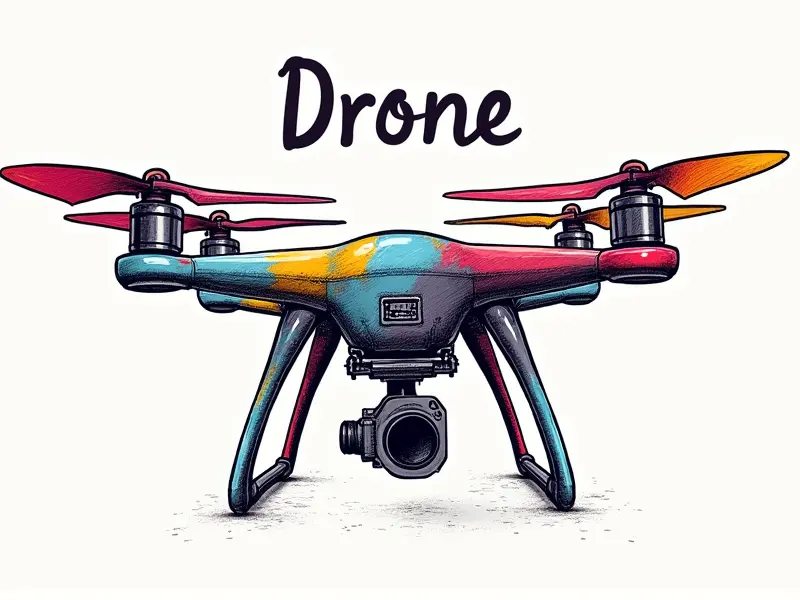RC plane motor size guide

RC Plane Motor Size Guide
Welcome to our comprehensive guide on selecting the right motor size for your RC plane. Whether you're a seasoned pilot or just starting out, understanding the specifications and nuances of RC motors is crucial for achieving optimal performance and flight stability.
Understanding RC Plane Engine Specs
The first step in choosing the right motor for your RC aircraft involves understanding its specifications. Key factors include:
- Horsepower (HP): The power output of the motor, measured in watts or horsepower.
- KV Rating: A measure of the motor's speed per volt, indicating how fast it spins at a given voltage.
- Diameter and Length: Physical dimensions that affect installation and aerodynamics.
- Battery Compatibility: Voltage requirements to ensure proper operation.
Optimal Motor Sizes for RC Aircraft
Selecting the right motor size depends on your aircraft's design, intended use, and performance goals. Here are some general guidelines:
- Small Planes (1-3 meters wingspan): Motors with lower KV ratings and moderate power outputs.
- Moderate Planes (4-6 meters wingspan): Higher KV motors for better speed and agility.
- Larger Planes (7+ meters wingspan): High-power, high-KV motors to handle larger airframes.
Beginner's Guide to RC Plane Motors
If you're new to the hobby, here are some tips for selecting your first motor:
- Start Small: Choose a motor and plane that match your skill level.
- Budget Wisely: Invest in quality components that will last longer.
- Seek Advice: Consult with experienced pilots for guidance on setup and tuning.
RC Plane Performance: Motor Impact
The motor significantly affects your plane's performance, including:
- Speed: Higher KV motors provide greater velocity but may sacrifice stability.
- Aerodynamics: Properly sized motors ensure balanced flight dynamics and maneuverability.
- Fuel Efficiency: Efficient power-to-weight ratios maximize battery life and range.
How to Pick the Best Motor Size for RC Planes
To select the optimal motor size, consider these factors:
- Aircraft Weight: Match the motor's thrust capabilities with your plane's weight.
- Purpose of Flight: Determine if you need speed, endurance, or maneuverability.
- Battery Capacity: Ensure sufficient power for extended flight times and high-performance maneuvers.
Maximizing Flight with Correct Motor Size
Making the right motor choice can dramatically improve your RC plane's performance. Here are some strategies:
- Tune Your Setup: Adjust propeller size and pitch to optimize power output.
- Battery Management: Use high-quality batteries with appropriate capacity for sustained flight.
- Weight Distribution: Balance your plane's weight to enhance stability and control.
Essential Tips on RC Plane Motor Selection
To make an informed decision, follow these essential tips:
- Research Thoroughly: Learn about different motor types and their applications.
- Test Before Buying: Try out motors in similar setups to see how they perform.
- Stay Updated: Keep up with advancements in RC technology for the latest innovations.
Quick Tips for Selecting RC Airplane Motors
Here are some quick tips to help you choose the right motor:
- Match Motor KV: Ensure your motor's KV rating is compatible with your propeller.
- Check Propeller Fit: Verify that your chosen propeller fits securely and efficiently.
- Consider Flight Style: Select a motor tailored to the type of flying you enjoy most.
Understanding RC Plane Propeller and Motor Fit
The fit between your motor and propeller is crucial for optimal performance. Key considerations include:
- Propeller Diameter: Larger props provide more thrust but require higher RPMs.
- Pitch Ratio: Affects climb rate, cruise speed, and overall efficiency.
- Mechanical Fit: Ensure the propeller attaches securely to avoid vibrations or slippage.
RC Plane Power: Motor Size Matters
The size of your motor directly impacts power output and flight characteristics. A well-matched motor ensures:
- Balanced Performance: Adequate thrust for smooth takeoffs, climbs, and landings.
- Efficient Energy Use: Maximizes battery life and reduces heat generation.
- Enhanced Control: Better responsiveness to control inputs for precise maneuvers.
How Motor Size Affects RC Plane Flight Time
The motor size plays a critical role in determining flight duration. Larger motors with higher power outputs generally offer:
- Better Endurance: Capable of sustained flights over longer distances.
- Faster Recharge Times: Smaller batteries may charge faster but have less capacity.
- Variability in Performance: Trade-offs between speed, agility, and endurance.
Conclusion
Selecting the right motor size for your RC plane is a crucial step towards achieving optimal performance. By understanding engine specifications, considering aircraft design and intended use, and following essential tips, you can make an informed decision that enhances both flight stability and enjoyment. Whether you're a beginner or an experienced pilot, choosing the correct motor will elevate your flying experience.

